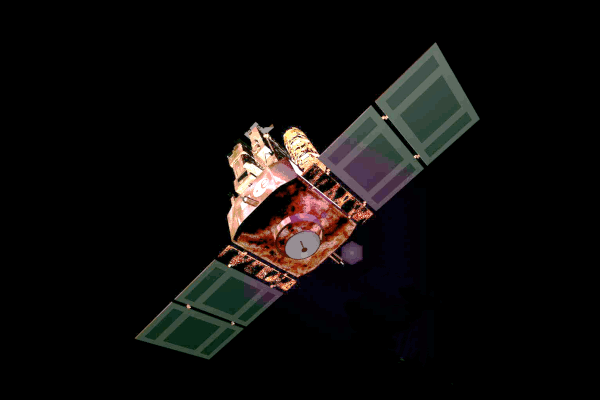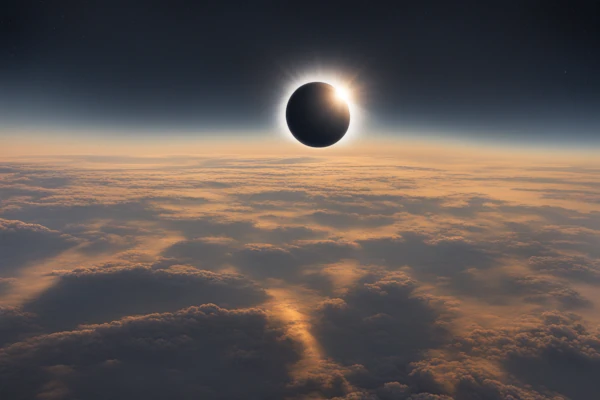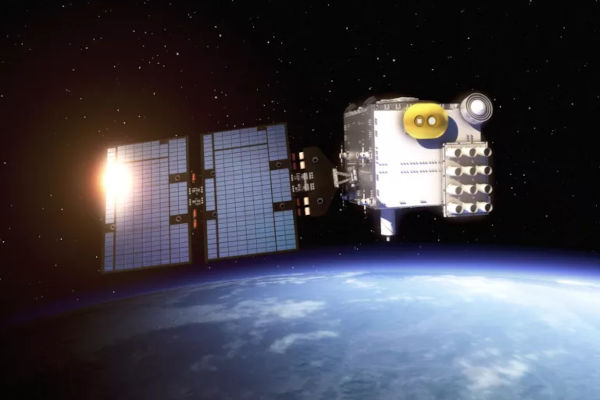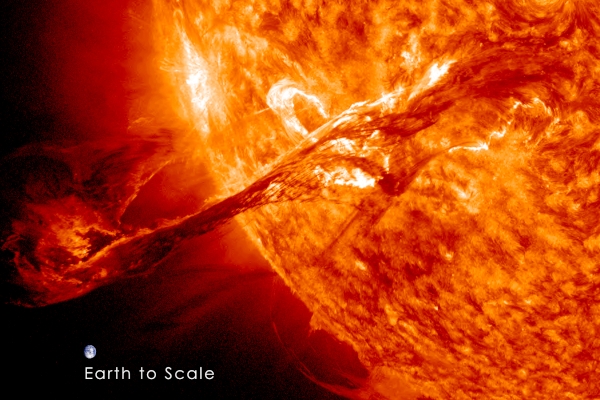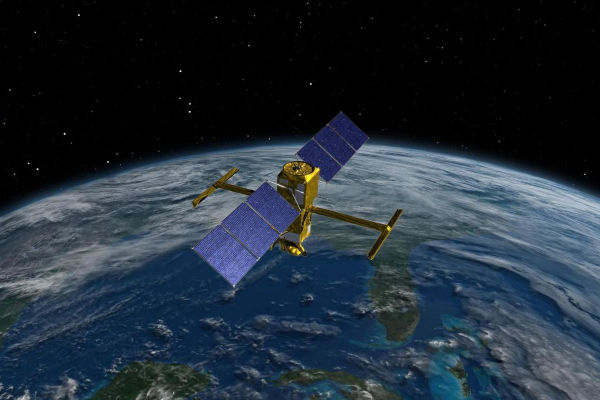Solar and Heliospheric Observatory (SOHO), Image/NASA
With recent sun related coronal mass ejections (CME) resulting in space and aviation communications and power grid disruptions here on earth, interest in this phenomenon has ultimately, burgeoned.
Launched on December 2, 1995, the Solar and Heliospheric Observatory (SOHO), a joint mission between the European Space Agency and NASA, has been instrumental in detecting eruptions of solar material and magnetic fields, known as coronal mass ejections, or CMEs, which contribute to space weather:
“‘At the time SOHO was designed, very few people talked or thought about space weather,’ SOHO Project Scientist Bernhard Fleck at ESA said. ‘But now, I look at SOHO observations like weather radar. Now it is as normal as opening your weather app and checking when the rain is coming.'”
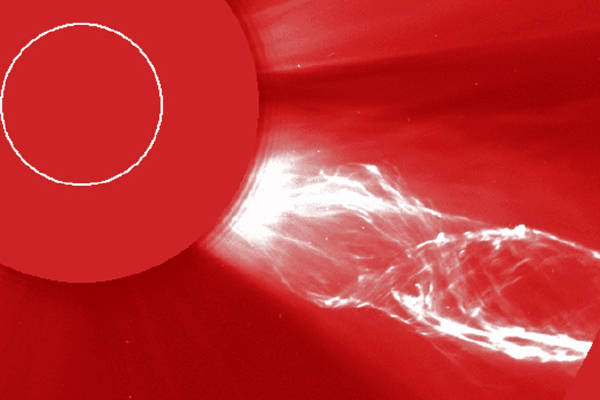
Helical Coronal Mass Ejection (CME) was observed by the LASCO C2 coronagraph on June 2, 1998, Image/NASA
SOHO has successfully operated over a quarter-century from an area outside the Earth’s protective magnetosphere- the longest-running Sun-surveying spacecraft: “It is stationed 1.5 million kilometres closer to the Sun than the Earth, from where it enjoys uninterrupted views of our star.”
SOHO enjoyed an successful mission for a long time but avoided near catastrophe twice. In June of 1998, during a routine spacecraft maneuver, the operations team lost contact with the spacecraft and weeks later, all three gyroscopes – which helped point the spacecraft in the right direction, failed.
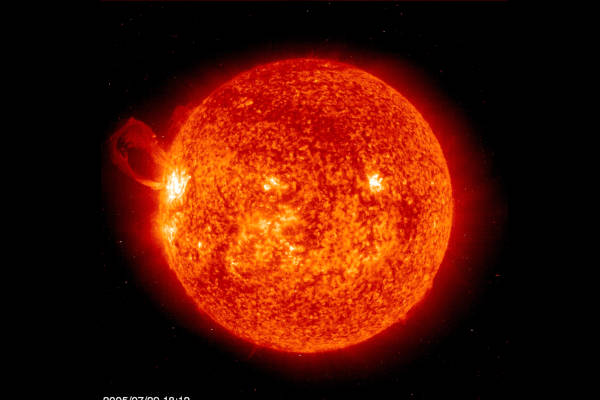
This looping eruptive prominence blasted out from a powerful active region on July 29, 2005, Image/NASA
SOHO ongoing mission is possible mainly due to SOHO’s Large Angle and Spectrometric Coronagraph, known as LASCO, which provides a 360-degree view of the atmosphere of the Sun:
“LASCO was especially useful in viewing Earth-bound storms called halo CMEs – so called because when one views a CME barreling toward us on Earth, it appears circular, surrounding the Sun, much like watching a balloon inflate by viewing the top of the balloon. Before SOHO, the scientific community debated whether or not it was even possible to witness a CME coming straight toward us, but today, LASCO images are the backbone of space weather prediction models. They are regularly used in forecasting the impacts of space weather events traveling toward Earth.”
Another less known function of SOHO was LASCO coronagraphs which helped it to become “the greatest comet hunter in space. The mission has discovered over 4,000 comets to date, many of which were found by citizen scientists.” Many of the findings were submitted to the SOHO Sungrazer Project by citizen scientists.
Although the success of the SOHO mission has spawned spacecraft like the Solar Dynamics Observatory (SDO) and Solar TErrestrial RElations Observatory (STEREO),
“SOHO remains an unmatched trove of continuous data. Six thousand scientific publications to date have made use of SOHO data, and the mission still produces almost 200 papers a year.”
Science is still competitively accomplished using SOHO’s older hardware. SOHO remains invaluable because it carries the only coronagraph on the Sun-Earth line.
SOHO’s sun centered mission has indeed provided a wealth of data to earth-dwellers, yet SOHO will end its mission in 2025. A number of missions will replace SOHO:
“One is the so-called Space Weather Follow-On mission from the National Oceanic and Atmospheric Administration (NOAA), the other is NOAA’s GOES-U satellite. Both carry coronagraphs and space weather monitoring instruments that look set to take over from SOHO.”
